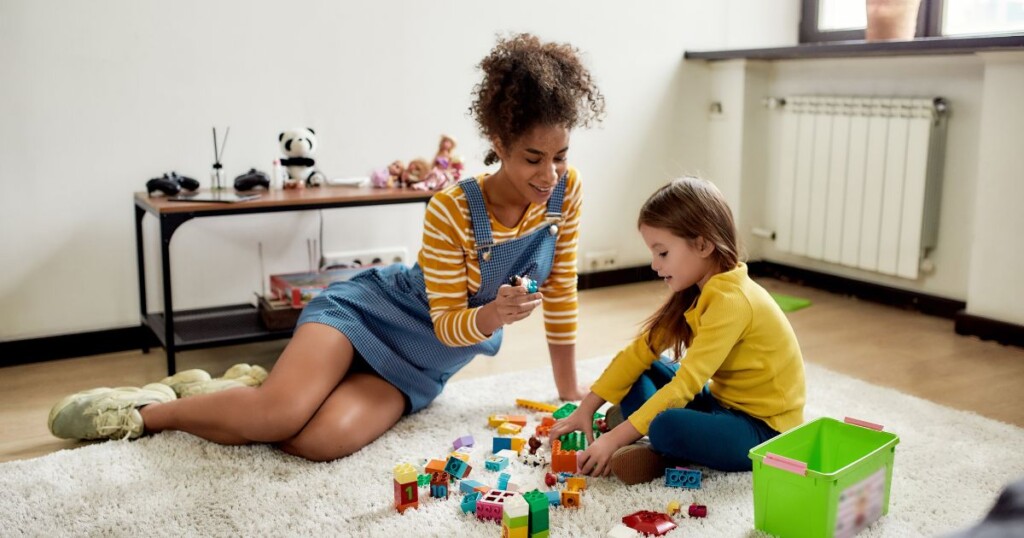Top tips for prepping a babysitter to watch your child with type 1 diabetes

Finding a great babysitter can be a challenge for many families – and when type 1 diabetes (T1D) is added to the mix, it can make it even trickier. Babysitters can be daunted by the idea of managing a child’s diabetes in their care, and as a parent it’s only natural to worry about your child when you’re away from them.
But with preparation and good communication, you and your babysitter can both be comfortable, confident and happy whenever you leave your child in their care. Here are a few things to consider when choosing a babysitter, topics to discuss beforehand, and tips for when it’s time to leave your child in their care.
Looking for a diabetes-friendly babysitter
As you search for the right person, look for someone who is mature, level-headed and able to follow instructions closely.
The top option for most parents? Finding someone who has first-hand knowledge and experience with T1D. It’s always much easier briefing your child’s individual needs to someone who already has knowledge of the condition.
If you don’t know anyone with this knowledge, you could try reaching out through Facebook or online groups for local families and people living with T1D in your geographical area. You just may find someone in this community who’ll come already prepped with lots of T1D knowledge (but get to know them and make that assessment yourself).
Another idea is to ask your child’s daycare or preschool educators if they’re available for out-of-hours babysitting work. This can be a good option as they’ll already be T1D trained and familiar with your child.
Of course, some families are fortunate to have a friend or loved one who’s able to perform babysitting duties. This can be a very comforting and convenient, but make sure you brief them just the same as you would anyone else.
How to prepare a babysitter to care for your child
Once you’ve met with and feel comfortable with the babysitter, it’s time to talk about T1D.
The overall message you want to pass on is that while T1D requires monitoring and consideration, and that emergencies are possible but unlikely, your child is still able to do all the things a child without type 1 diabetes is capable of.
It’s best if all the information is written down, as well as passed on verbally, so they can refer back to it when needed. Let them ask lots of questions and ensure you’re available afterwards to ask follow-up questions.
You’ll need to educate them on a range of topics. You’ll want to give very examples of what your requirements and routines may be.
Here are a few of the things you’ll need to think about and teach the babysitter (this is not an exhaustive list – add any more you can think of):
- when and what you’d like to child to eat
- when and how to give insulin
- what their blood glucose levels (BGLs) should be, and how to monitor them
- what to do when their BGL is too low
- what to do when their BGL is too high
- what to do in an emergency
- how to contact you.
Leaving your child with the babysitter
Leaving your child living with diabetes with a babysitter for the first time can be very daunting. Try not to feel too overwhelmed or guilty – after all, it’s important you have time out and are able to attend important events or work outside the home.
You might choose to try and simplify things at first until the babysitter gets used to T1D management. For example, you can leave them together for short periods as they build their confidence (and your child gets to know their new carer), or heading out after your child’s dinner so they only need to monitor BGLs.
Make sure you’re organised with supplies and food labelling so everything is at hand and there is no confusion. Some parents might choose low GI meals or snacks to make it a little easier to keep BGLs in range in their absence.
As always, keep your phone handy and be ready to answer questions or to give advice when you’re away from your child. Encourage the babysitter to get in touch if they have any queries at all.
It should gradually become easier to leave your child as you grow more confident, especially if you’re able to leave them with the same babysitter, as their knowledge and confidence also grows.
Read more





